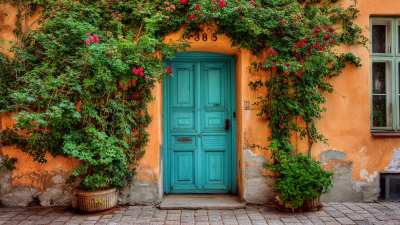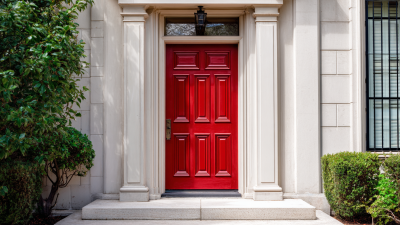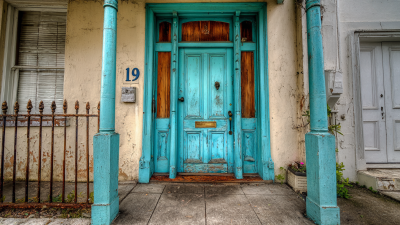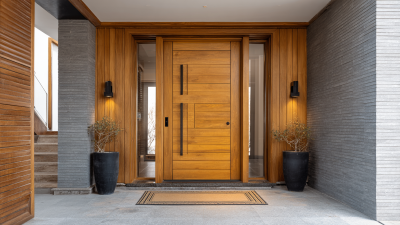When considering home renovations, one of the most impactful upgrades is the installation of French doors. According to the National Association of Realtors, homes with well-executed door installations, particularly French doors, can see an increase in value by up to 15%. This stylish choice not only enhances aesthetic appeal but also improves functionality by creating seamless transitions between indoor and outdoor spaces. Moreover, a recent industry report highlighted that professional French door installation can significantly reduce potential problems over DIY approaches, ensuring better fit, energy efficiency, and security.
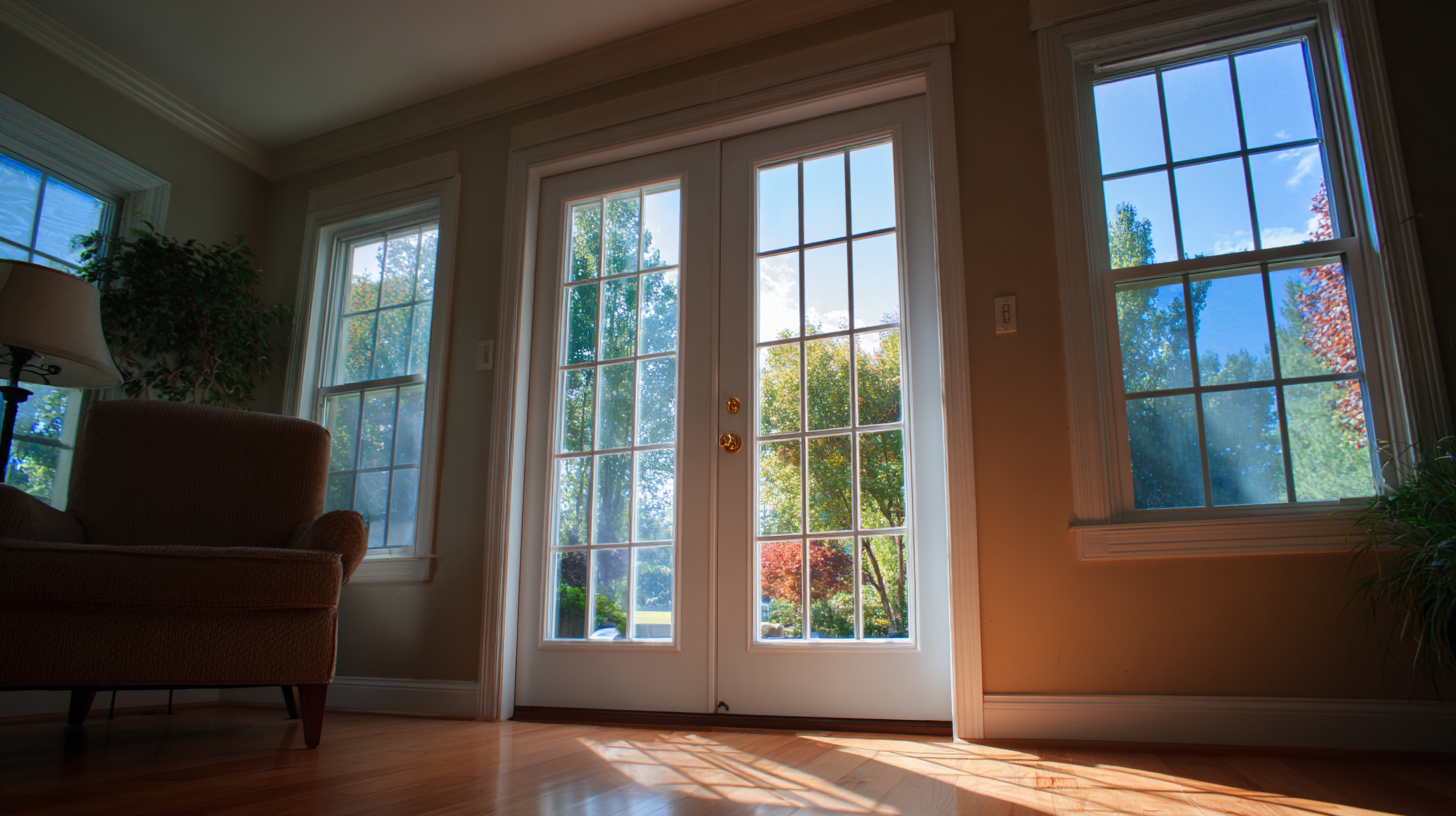
As homeowners seek ways to elevate their living environment, understanding the intricacies involved in French door installation becomes essential. This comprehensive guide aims to equip readers with expert techniques to transform their homes effectively.
French doors are a stunning addition to any home, serving both aesthetic and functional purposes. Their wide glass panels allow natural light to flood indoor spaces, creating an open and inviting atmosphere. The elegant design of French doors enhances the visual appeal of any room, making them ideal for transitions between the indoors and outdoors. Whether leading to a garden, patio, or balcony, they not only beautify the space but also create a seamless connection with the outside world.
Beyond their aesthetic virtues, French doors offer practical benefits that enhance functionality. They are designed to maximize space and improve airflow, promoting a more comfortable living environment. With options for both swinging and sliding mechanisms, homeowners can choose styles that best fit their layout and routine. Security features have also improved, with many modern designs incorporating sturdy locks and robust materials, ensuring peace of mind without compromising on beauty. Overall, investing in French doors can elevate your home’s value and enjoyment significantly.
When installing French doors, having the right tools and materials is vital for achieving a professional result. According to the 2021 Home Improvement Research report, nearly 65% of homeowners who attempted DIY projects reported that inadequate tools were a significant barrier to success. Essential tools for French door installation include a power drill, level, measuring tape, and chisels. Additionally, high-quality materials such as weather stripping, caulk, and a dependable door frame are crucial to ensure lasting durability and optimal energy efficiency.
**Tip:** Always measure your door opening carefully before purchasing your French doors. A small discrepancy can lead to costly adjustments or even a complete reinstallation.
Moreover, selecting the right type of French door—whether fiberglass, wood, or steel—will also greatly influence your installation experience. The type of material not only affects the aesthetic appeal but also its ability to withstand weather conditions. A National Association of Home Builders report indicates that fiberglass doors offer superior insulation, making them a favored choice among energy-conscious homeowners.
**Tip:** Consider using shims during installation to achieve precise alignment. This will help in making minor adjustments to ensure your doors operate smoothly and seal properly.
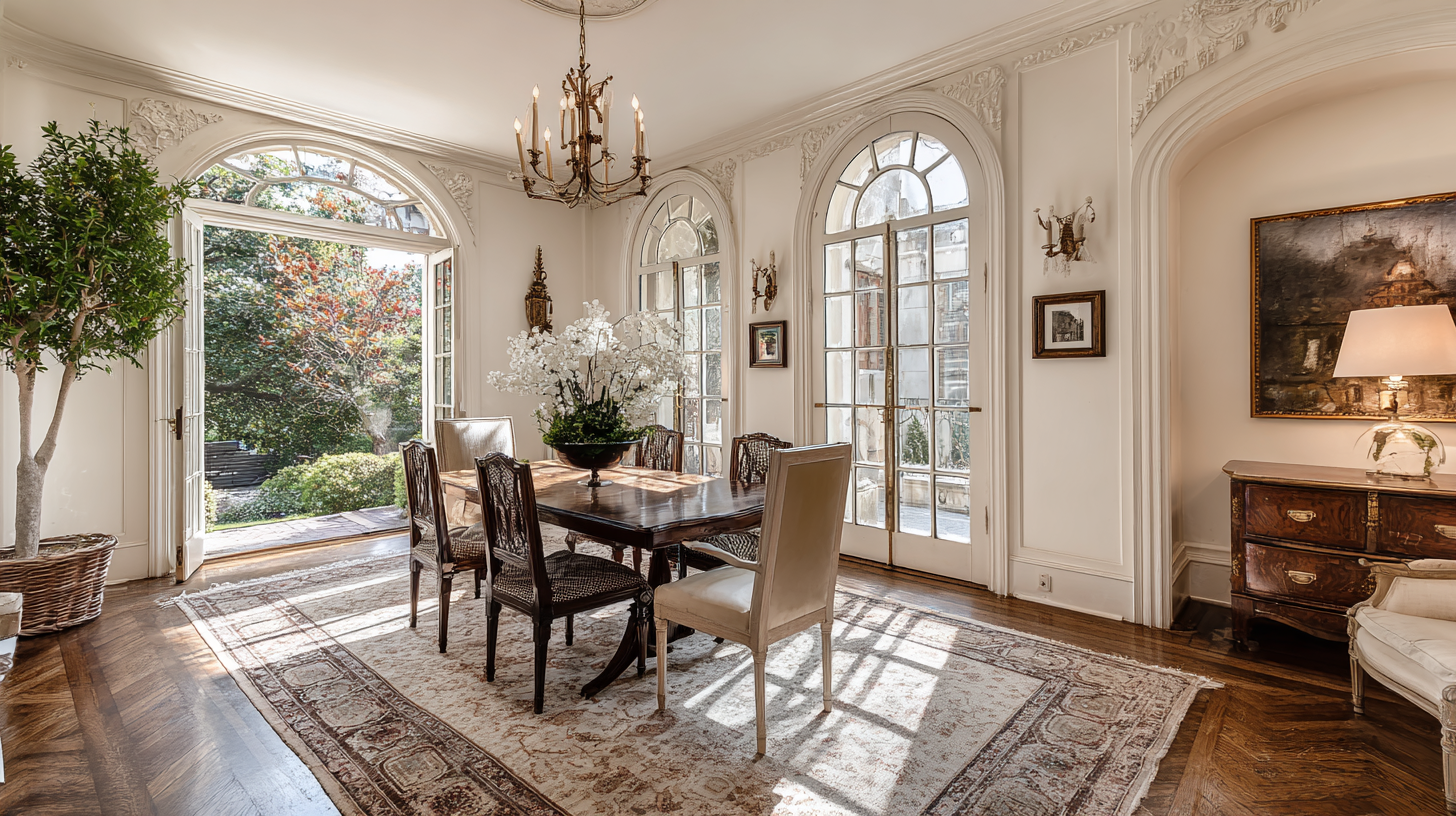
When embarking on the journey of installing French doors in your home, the foundation of a successful project lies in precise measurement and thorough preparation of your door frame. Start by removing any existing door and trim to expose the frame. Use a tape measure to determine the height and width of the frame, ensuring you measure at three different points—top, middle, and bottom—for width, and left, middle, and right for height. This redundancy helps account for any irregularities in the structure that could affect the fit of your new doors.
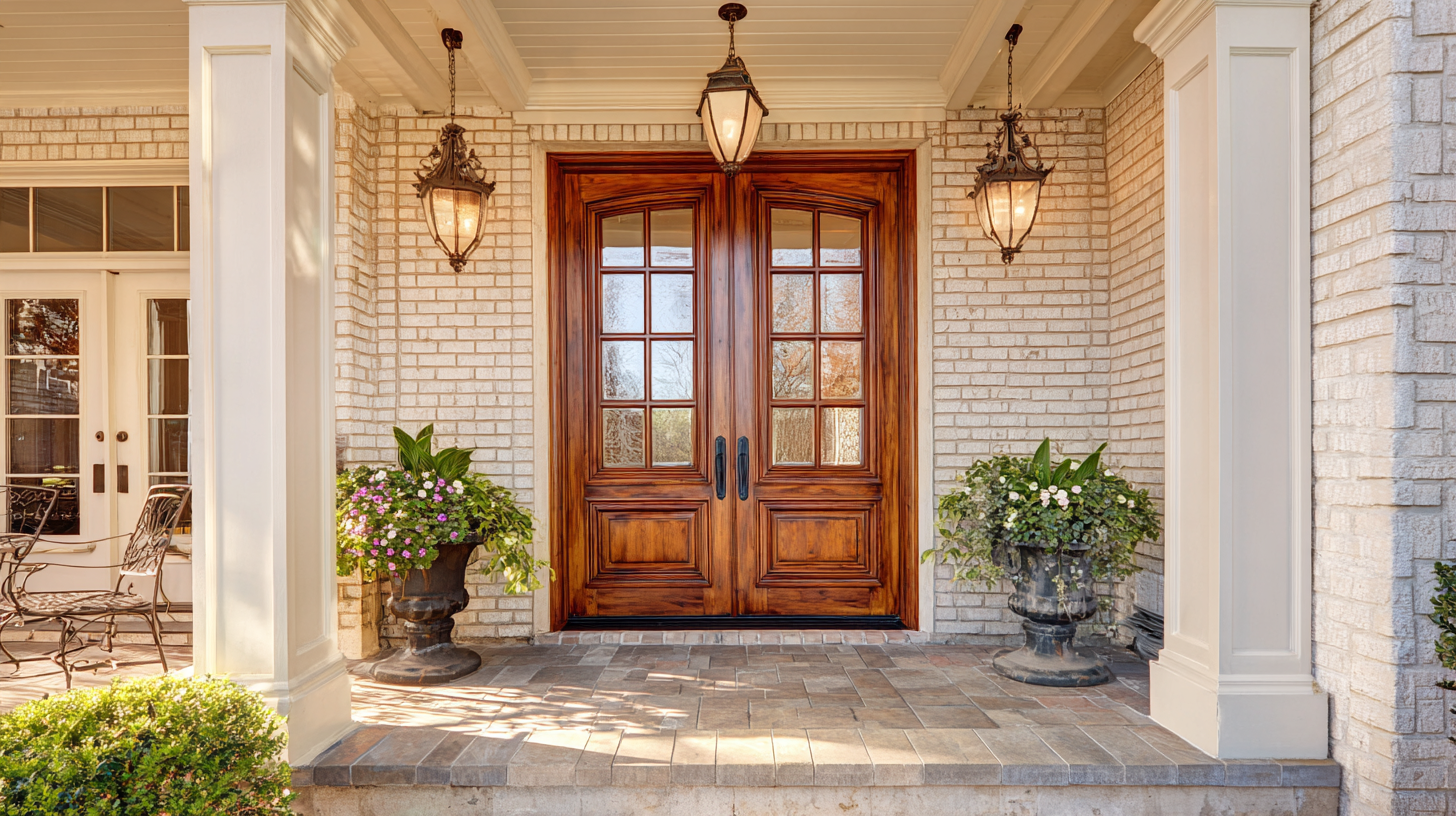
Next, inspect the door frame for level and plumb. Use a level to check that both the vertical and horizontal elements of the frame are even. If you find any inconsistencies, adjustments will need to be made, either by shimming or re-framing, to create a solid and stable base for the new doors. Finally, measure the depth of the frame as well, ensuring it accommodates the thickness of the French doors you plan to install. With careful planning and precise measurements, you’ll set the stage for a seamless installation process.
Installing French doors can significantly enhance your home's aesthetic and functionality, but several common challenges often arise that can complicate the process. According to the National Association of Home Builders, improper measurements account for nearly 30% of installation errors, leading to gaps that compromise insulation and security. Homeowners should prioritize accurate measurement and consider pre-hung doors to mitigate this issue. The use of leveling tools and a second pair of hands during installation can also prevent misalignment.
Another common challenge is dealing with existing structural issues, which can affect the installation of new French doors. A report by the American Society of Home Inspectors highlights that around 20% of homes exhibit hidden structural problems that may not be evident until renovations begin. To address these challenges, it's crucial to inspect the frame and surrounding area for integrity before installation. Reinforcing the doorframe and ensuring it is square can help achieve a secure and aesthetically pleasing fit, thereby enhancing the door's lifespan and functionality over time.
When installing French doors, the finishing touches are crucial to ensure both functionality and aesthetic appeal. Sealing is particularly important; it prevents drafts and moisture from seeping in, thereby prolonging the lifespan of your doors. After installation, use a high-quality weatherstrip to seal any gaps around the frame, ensuring a snug fit that keeps your home comfortable and energy-efficient.
Once your French doors are sealed, painting is the next step. Choose a durable exterior paint to add a layer of protection against the elements. Prep the surface by cleaning it thoroughly and applying a primer if necessary. For the painting process, consider using a brush for the detailed areas and a roller for larger surfaces, ensuring an even coat. Lastly, don’t overlook maintenance tips; regularly check the seals and repaint when necessary to keep your doors looking stunning and functioning well. With proper care, your French doors will enhance the beauty of your home for years to come.
| Step | Technique | Tips | Maintenance |
|---|---|---|---|
| 1 | Measuring the Opening | Use a level for accuracy. | Check for any gaps regularly. |
| 2 | Selecting Doors | Choose energy-efficient models. | Inspect hinges and weatherstripping. |
| 3 | Installing the Frame | Ensure the frame is square. | Regularly tighten screws. |
| 4 | Hanging the Doors | Use an assistant for heavy doors. | Lubricate hinges annually. |
| 5 | Sealing and Painting | Use weather-resistant paint. | Repaint every few years. |

